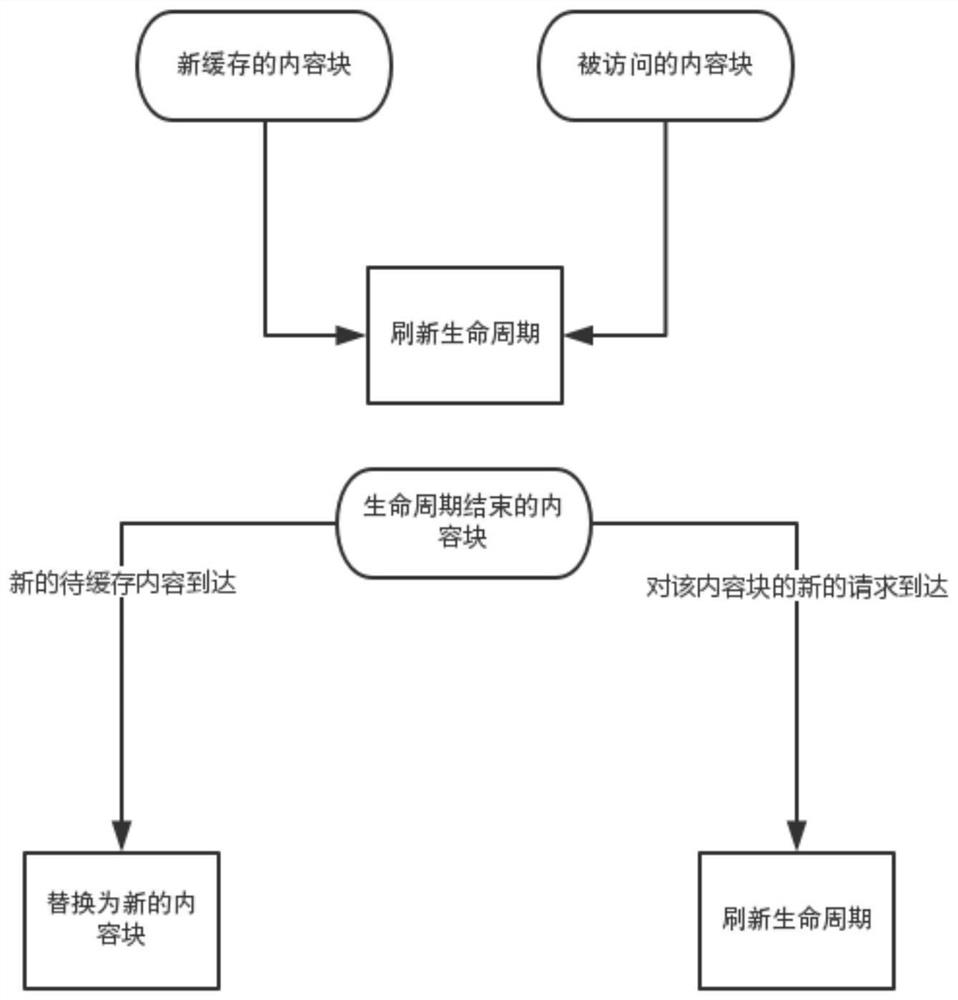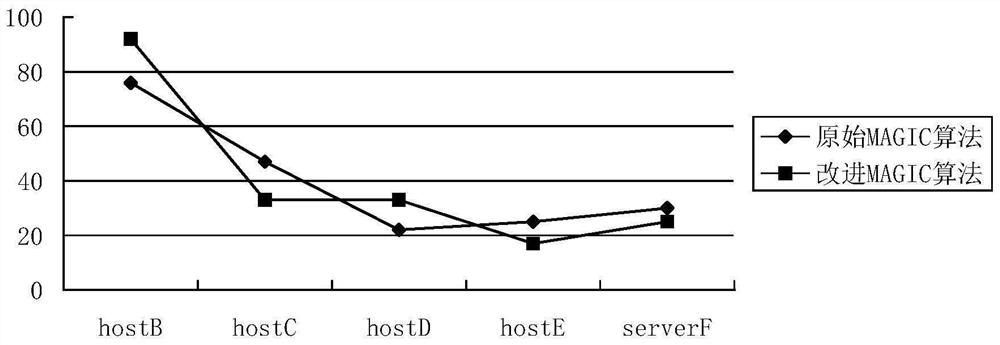A route optimization method for aviation ad hoc network
A self-organizing network and optimization method technology, applied in the field of aviation self-organizing network routing optimization, can solve problems such as shortening data transmission paths, achieve the effects of improving communication capabilities, optimizing cache distribution, and improving business continuity
- Summary
- Abstract
- Description
- Claims
- Application Information
AI Technical Summary
Problems solved by technology
Method used
Image
Examples
Embodiment 1
[0030] The specific steps of a cache-based route optimization method for aviation ad hoc networks are:
[0031] Step 1: Initialize the route, let the source node of the data to be forwarded in the aviation ad hoc network be A0, the node first sends a "HELLO" packet to the entire network, and each node that receives the data packet will return a message , which contains its own address information;
[0032] Step 2: Evaluate the link delay. The source node A0 sends a response packet to the entire network, and each node that receives the packet returns a response packet. Divide the round-trip time by 2, and the source node A0 can Calculate the delay to reach other nodes;
[0033] Step 3: Select the best path. For the source node A0 and the destination node A1, the source node A0 selects the path with the shortest delay from the set of all paths that can reach the destination node A1, and transmits the data through the shortest path. Also receive information sent by other nodes;...
Embodiment 2
[0060] The invention compares three existing algorithms MAGIC, AGE-BASED and PROBCACHE, sets the simulation time to 25 seconds, and sets the amount of information to 100 pieces. Finally, the requirements of the three algorithms are satisfied as follows: figure 2 shown. After multiplying the number of hops of the transmission node by the sum of the number of requests satisfied, it can be concluded that the total transmission times of the three algorithms are 496 times for the MAGIC algorithm, 594 times for the ABC algorithm, and 872 times for the Probcache algorithm. The final cache conditions of the three algorithms are shown in Tables 1, 2, and 3.
[0061] Table 1 MAGIC algorithm cache distribution
[0062]
[0063] Table 2 Cache distribution of ABC algorithm
[0064]
[0065] Table 3 Cache distribution of Probcache algorithm
[0066]
[0067] From the experimental results, it can be seen that among the three existing cache policy algorithms, the MAGIC algorithm ...
PUM
 Login to View More
Login to View More Abstract
Description
Claims
Application Information
 Login to View More
Login to View More - Generate Ideas
- Intellectual Property
- Life Sciences
- Materials
- Tech Scout
- Unparalleled Data Quality
- Higher Quality Content
- 60% Fewer Hallucinations
Browse by: Latest US Patents, China's latest patents, Technical Efficacy Thesaurus, Application Domain, Technology Topic, Popular Technical Reports.
© 2025 PatSnap. All rights reserved.Legal|Privacy policy|Modern Slavery Act Transparency Statement|Sitemap|About US| Contact US: help@patsnap.com



